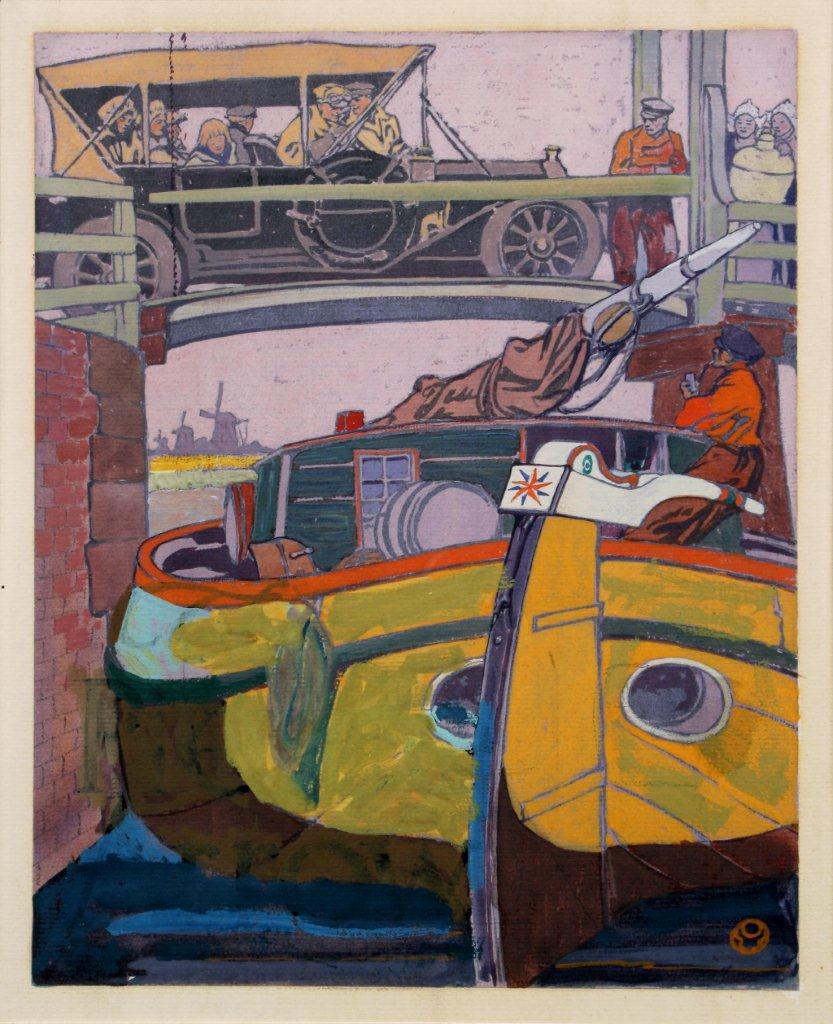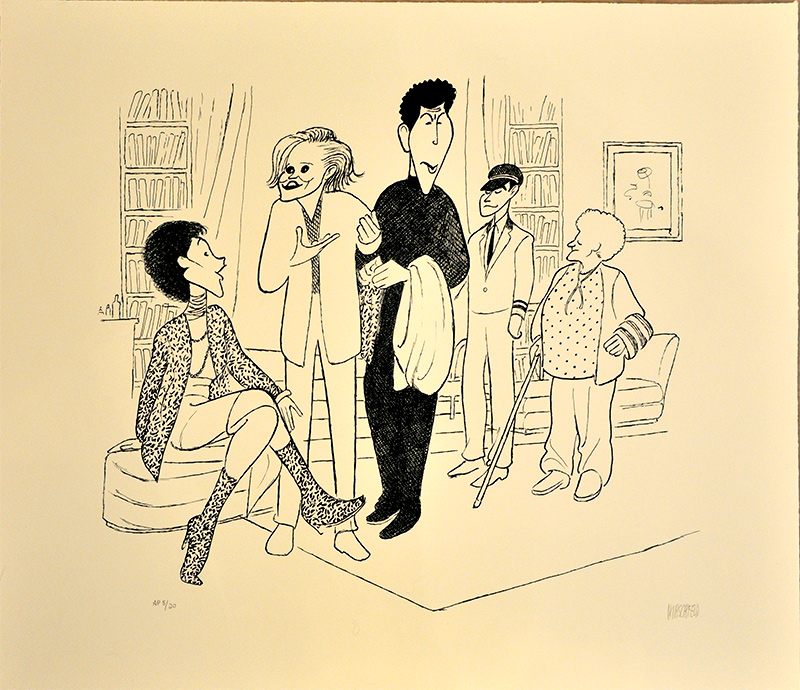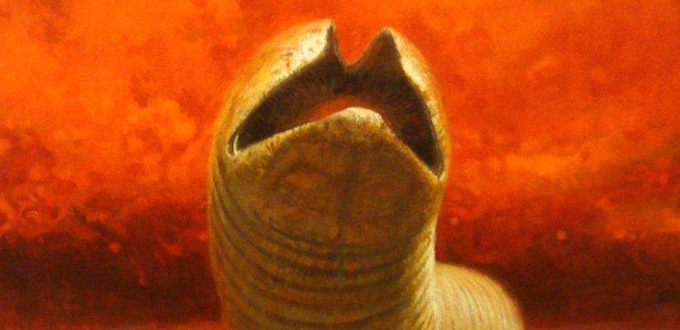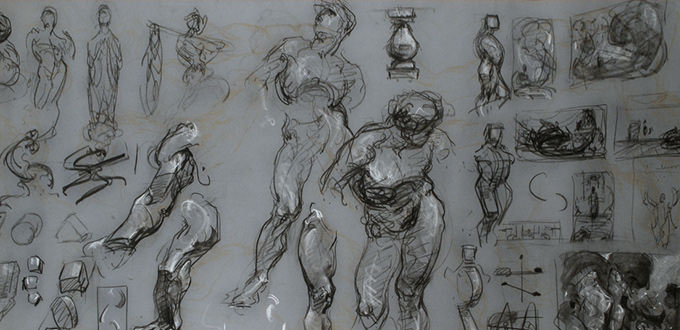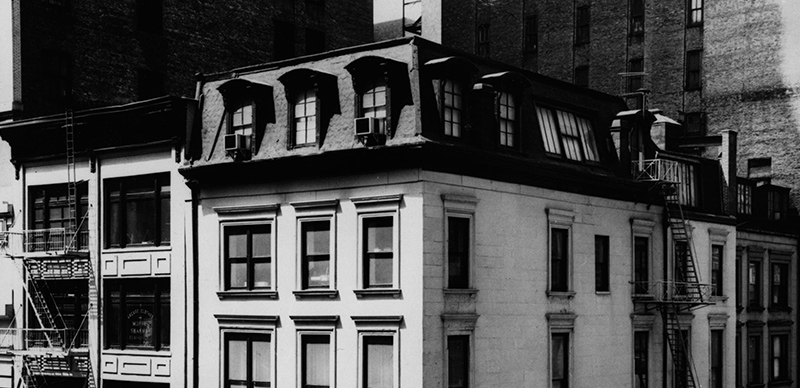We may not always remember their names, but we know their creations. For generations, their paintings and drawings have made fantasies and exploits come to life on the pages of books and magazines. Their characters have charmed movie audiences. And their humorous drawings continue to offer wise commentary on the human race. With a few bold, simple lines, they evoke ease or excitement and, just as easily, stir fear or patriotism.
These artists—as designers, cartoonists and illustrators—have made significant contributions to America’s cultural life. The Art Students League’s growth as a school coincided with the Golden Age of American Illustration, the advent of advertising and cartoons, and the rise of motion pictures. Some of the leaders in these developments became important teachers at the League; many others trained there. For the first time in its long history, the League will showcase work by its alumni and instructors who are part of this legacy. From October 10 to November 7, the League’s Harriman gallery will host Celebrating the Line: Outstanding Illustrators, Designers and Cartoonists of the Art Students League.
The exhibit will feature paintings and drawings by such luminaries as illustrators Dean Cornwell, Howard Pyle, and Norman Rockwell; cartoonists Al Hirschfeld, Will Eisner, and Max Fleischer; fashion designer Bonnie Cashin and graphic designer Saul Bass. Great children’s book illustrators Wanda Gag and Dorothy Lathrop are featured. Contemporary talents represented will include Pulitzer Prize-winning cartoonist Jules Pfeiffer; Dune illustrator John Schoenherr; and Marvel Zombies artist Arthur Suydam, who also introduced painted sequential art in the U.S. with the series titled Mudwogs and Den.
Generous loans from collectors and individual artists as well as from the Fashion Institute of Technology, the Museum of American Illustration at the Society of Illustrators and the Salmagundi Club have resulted in an exhibition of great scope and depth of talent.
Though this particular illustration was not included in Penfield’s 1907 illustrated travelogue on the Netherlands, it reflects his aim of sparking a bit of wanderlust in readers. A carload of tourists looks down from a bridge at a colorful boat moving through the canal below. Known best for his rigorously composed posters, Penfield influenced American illustrators by example and through his teaching at the League, 1915-16 and in the early 1920s.
Thomas Fogarty (1873–1938), Loafing Down Long Island, 1921. Gouache on board. Unpublished illustration for a story by Charles Hanson Towne Donated by Sidney Weiner. Courtesy the Museum of American Illustration at the Society of Illustrators.
Fogarty’s preference for times past often led to assignments to illustrate historical fiction. He taught at the League from 1906 to 1922, and his students included Norman Rockwell and Walter Biggs.
Will Eisner (1917–2005), P’Gell, 1947. Splash page to The Spirit, May 25, 1947. Pen, brush and ink on Bristol board, 28¾ x 22 in. Collection of Denis Kitchen.THE SPIRIT trademark is owned by Will Eisner Studios, Inc. and is registered with the U.S. Patent and Trademark Office.
p>Internationally recognized as a giant in the field of sequential art, Will Eisner created a small universe of unforgettable characters in The Spirit comic strip, which reached millions of viewers in the 1940s. The masked Spirit had many foes, including the curvaceous criminal, P’Gell, who tried to seduce him into joining in her evil exploits. This 1947 drawing plays up the guise of helpless innocence that she used to seduce wealthy men into marriage. Soon after, her husbands would disappear mysteriously, leaving P’Gell with their wealth.
Eisner grew up in New York City and showed his talents early, creating stage designs, cartoons and illustrations for publications in high school. He spent one summer at the League, studying anatomy with George Bridgman and painting with Robert Brackman.
Hildreth Meière (1892–1961), Song, exterior decoration on Radio City Music Hall, 1932. Enameled metal. Meière’s sketch for this plaque was in the League exhibit.
One of the most accomplished decorative artists of the twentieth century, Hildreth Meière created public works in diverse media: stained glass, mosaic murals and wall sculptures. Displaying Meière’s command of the Art Deco style, Song was one of plaques commissioned for the exterior of the new Radio City Music Hall in 1932. Her other commissioned works can still be seen at the National Cathedral in Washington, DC, St. Patrick’s Cathedral, Saint Bartholomew’s Church and Temple Emanu-El in New York. Meière studied with Kenneth Hayes Miller at the League in 1918.
James Montgomery Flagg (1877–1960), The Protective Instinct, 1931. Pen and ink on illustration board. Donated by Everett Raymond Kinstler. Courtesy of the Museum of American Illustration at the Society of Illustrators.
Illustration for the story “The Protective Instinct” by Fred MacIsaac. Caption: “Down I went and down accompanied me Miss Lura de Lura, to her great mortification.” Liberty magazine, May 5, 1931.
James Montgomery Flagg (1877–1960), Untitled, n.d. Pen and ink, 23 x 30 in. Caption: “He was in a singularly vindictive temper.” Date and place of publication unknown. Gift of Raymond Everett Kinstler. The Art Students League of New York.
Flagg’s prodigious talents were recognized as early as age twelve, when he began selling drawings to several national magazines. Adept in a variety of media, Flagg went on to create illustrations for numerous literary and advertising projects. Perhaps his most famous work was the 1917 recruitment poster, “I Want You for U.S. Army,” featuring an Uncle Sam for which Flagg served as the model, adding the white hair and beard later. Flagg spent four years at the League in the 1890s, studying with William Merritt Chase, Kenyon Cox, Frank Vincent Dumond and H. Siddons Mowbray.
John Sloan (1871–1951) “The Return from Toil” Cover for The Masses, vol. 4, July 1913. Collection of Ken Ratner. Loaned in loving memory of his brother, Robert Ratner.
John Sloan’s working girls reflected the The Masses’ staunch support for women’s causes and the labor movement. Described by its founders as a “revolutionary magazine’ in 1911, The Masses featured the socialist writings of John Reed and Max Eastman, reviews of work by Theodore Dreiser and Carl Jung, and political art by George Bellows, John Sloan, and Art Young. The magazine’s opposition to World War I triggered its prosecution for conspiring to obstruct conscription, and it closed in 1917. Sloan’s political activism and prominence as one of the “Ashcan artists” devoted to portraying contemporary life made him a magnetic figure at the League, where he taught intermittently between 1916 and 1938.
Al Hirschfeld (1903–2003), The Tale of the Allergist’s Wife, 2002. Lithograph. Gift of Louise Hirschfeld Cullman.The Art Students League of New York.
When Al Hirschfeld took an etching class at the League in 1925, he was already embarking on his career. Sketchpad in hand, he became a regular among New York’s theater audiences, capturing stage personalities and memorable dramas in sure, deft strokes. Hirschfeld’s signature works would appear in nearly every major magazine of the twentieth century, including a 75-year relationship with The New York Times, as well as book covers, albums and postage stamps. This particular drawing, done late in his career, portrays the defining characteristics of actors Michelle Lee, Linda Lavin and Tony Roberts.
Everett Raymond Kinstler (b. 1926), [Detective, girl, gun], c. 1958. Oil on canvas. Illustration for an Avon book adapted from the movie “The General Died at Dawn.” Collection of the artist
Kinstler began his artistic journey at just 16, drawing comic books and then producing book and magazine illustrations and dozens of paperback book covers. Later he embarked on a significant career as a portraitist. Among his notable subjects were James Cagney, Paul Newman, Gregory Peck and Presidents Richard Nixon, Ronald Reagan and Bill Clinton. Seventy-five of his portraits are in the collection of the National Portrait Gallery, Smithsonian Institution, which awarded him its highest honor, The Copley Medal, in 1999. Kinstler studied at the League and later taught classes there, 1969-1974
Dean Cornwell (1892–1960), Gold Hands, 1924. Good Housekeeping magazine, March 1924. Oil on board. Donated by the artist 039.033. Courtesy of the Museum of American Illustration at the Society of Illustrators.
Illustration for a short story by Edith Barnard Delano. Caption: “Bidwell carried Mrs. Sedgwick to the gardener’s cottage. ‘But your house is nearer,’ he said to Vasca. ‘No, she would not like that,’ Vasca said to him. She sped up the path further on with a blanket caught from her own bed.”
Dean Cornwell’s popular illustrations inspired a “Cornwell School” of admiring artists. A student of Harvey Dunn, Cornwell had a legendary work ethic, creating numerous preliminary studies for his projects. His illustrations appeared in many magazines and advertisements, and he painted murals for the General Motors Building at the 1939 World’s Fair, Rockefeller Center and the Hotel Warwick in New York City. He lectured frequently on illustration and composition at the League during the 1920s and 1930s.
John Schoenherr (1935–2010), Heretics of Dune, 1987. Oil on masonite, 40 x 30 in. [paperback cover illustration]. Collection of Ian Schoenherr.
John Schoenherr had a long working relationship with the science fiction magazine Analog, in which Frank Herbert’s popular story “Dune” was first serialized. Schoenherr’s gripping illustrations of such bizarre creatures as the giant sandworms in Herbert’s imaginary landscape led the author to describe him as “the only man who ever visited Dune.” Schoenherr’s illustrations for that work earned him the World Science Fiction Society’s Hugo Award in 1965. He went on to create interior and cover art for a series of “Dune” books and The Illustrated Dune (1978).


